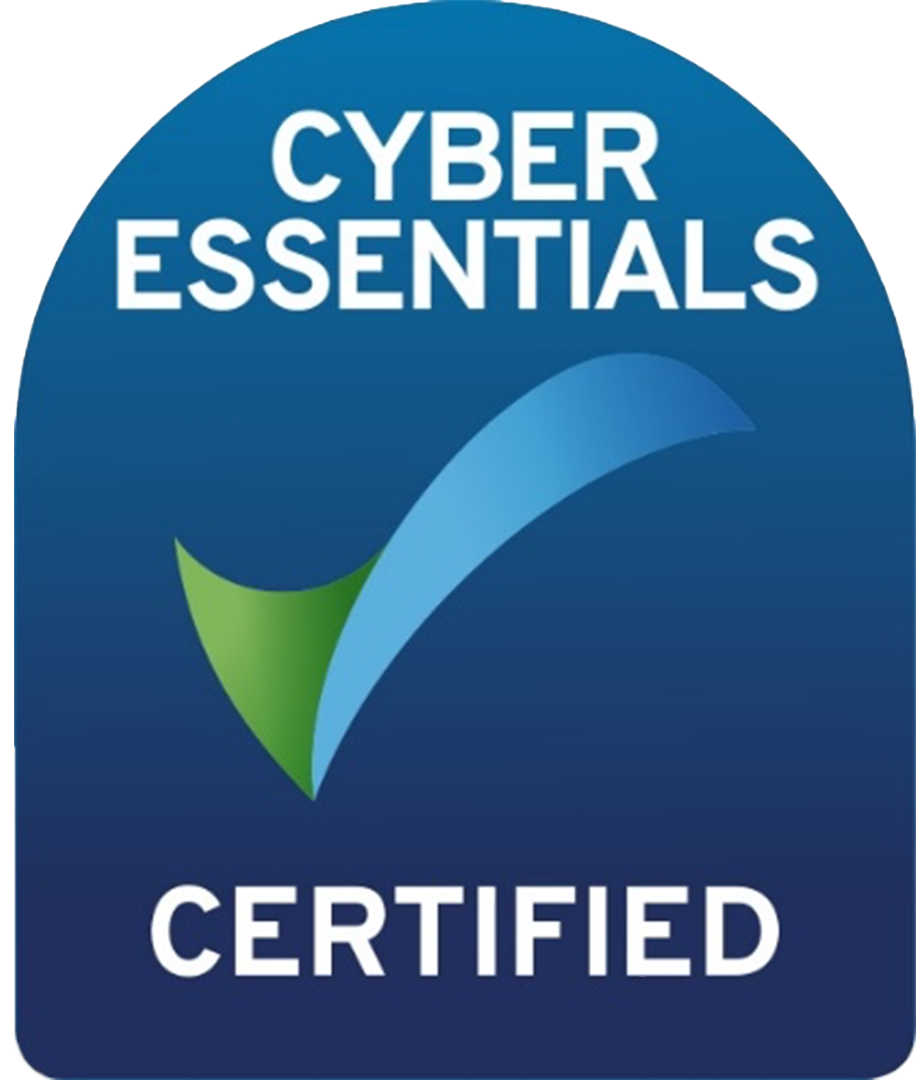Queensland Labour Hire Licensing Act
Colin Sloan • October 22, 2017
A major Legislative Changes for Recruitment Agencies – the Queensland Labour Hire Licensing Act 2017
The Queensland government recently passed the Labour Hire Licensing Act 2017 .
The Act has yet to commence operation but is anticipated to come into force during 2018.
The stated purpose of the new law is to “ protect labour hire workers from exploitation and restore confidence in the labour hire industry through the regulation of providers of labour hire services in Queensland ”.
The major changes contained in the Act are:
- labour hire providers (eg. recruitment agencies) will be required to be licensed to operate in Queensland;
- any business that engages a labour hire provider must only engage a licensed provider;
- labour hire licensees will be required to satisfy a “fit and proper person” test to establish that they are capable of providing labour hire services in compliance with all relevant laws and that their labour hire business is financially viable;
- licensees must report regularly on their labour hire and associated activities;
- strong penalties for breach of obligations; and
- the establishment of a labour hire licensing compliance unit with a field services inspectorate with responsibility for awareness, monitoring and enforcement functions.
When is a Licence Required?
A person who provides labour hire services is required to hold a licence if they wish to conduct this activity in Queensland.
Section 7 of the Act states that “ a person (a provider ) provides labour hire services if, in the course of carrying on a business, the person supplies, to another person, a worker to do work .”
Immediately under that section are some examples of when a person will be considered to be a “provider”. One of those examples is “ an employment agency who on-hires temporary administration staff to a business ”. Given that the “on-hiring” of temporary support staff is the core business of many recruitment agencies, the new law will deem those agencies to be engaged in “providing labour hire services” and, as a result, will require them to hold a licence.
What Penalties Apply?
Section 10 provides that a corporation providing labour hire services without a licence is liable to a fine of $378,450 . An individual is liable to a fine of $130,439 or 3 years imprisonment .
The same harsh penalties apply to a person who engages an unlicensed provider to supply them with labour hire services. However, this offence provision (section 11) does state that the offence will only be committed if the conduct is “ without reasonable excuse ”.
It is not clear how far the concept of “reasonable excuse” extends. The legislation does state that it will be considered to be a reasonable excuse if, at the time they were engaged, the agency was on the public register of licensed organisations. This section begs the question, will businesses in need of temps be expected to verify the credentials of the agency supplying them with staff? If so, how often does that business need to check (and re-check) the licensee register to confirm the agency is still listed?
How does an Agency Obtain a Licence?
A licence will be granted if the regulator is satisfied that:
- the applicant, the nominated officer and each executive officer of the company is a “fit and proper” person; and
- the business to which the application relates is “financially viable”.
There is some guidance in the Act as to the meaning of “fit and proper person”. In short, a person who has a criminal history, has personally been insolvent or was an officer of a corporation which became insolvent may be “ruled out”. However, there is also a “catch all” provision that allows the regulator to have regard to “any other matter” the regulator considers to be relevant when determining whether the fit and proper person test has been met.
There is no guidance in the legislation regarding how a business will be judged to be “financially viable” or otherwise. Presumably this will be clarified by the (as yet to be published) Regulations and will likely involve the disclosure of financial statements to the regulator. What financial projections and/or security a new “start-up” operator will be required to provide is unknown.
Once licensed, a labour hire provider will be listed on a publicly available register.
Reporting Requirements
Once licensed, it will be necessary for a licensee to lodge a report during the licence term disclosing various matters to the regulator every 6 months including:
- The number of workers supplied by the labour hire provider;
- The type of work undertaken by those workers;
- The locations in Queensland where the work took place;
- Whether accommodation was provided for the workers;
- Any breaches of the Work Health and Safety Act 2011 during the year; and
- Any workers compensation claims made by the workers.
Some of the information disclosed in the report may be included on the public register of labour hire providers.
Summary
The Queensland legislation is at the leading edge of reform in this area. It is the first state to pass such laws. However, the Victorian and South Australian governments have also publicly stated an intention to introduce similar laws.
Whether the new law will achieve its stated objectives remains to be seen. The political divide is now clearly drawn between the three State Labour governments sponsoring these new laws, and the Federal government, which is on the record as saying it does not want to regulate in this area.
Watch this space.
Find the job you love I Find the right talent
Get in touch with people2people
Australia
I United Kingdom
In business since 2002 in Australia, NZ, and the United Kingdom, people2people is an award-winning recruitment agency with people at our heart. With over 12 offices, we specialise in accounting and finance, business support, education, executive, government, HR, legal, marketing and digital, property, sales, supply chain, and technology sectors. As the proud recipients of the 2024 Outstanding Large Agency and Excellence in Candidate Care Awards, we are dedicated to helping businesses achieve success through a people-first approach.
Recent articles









